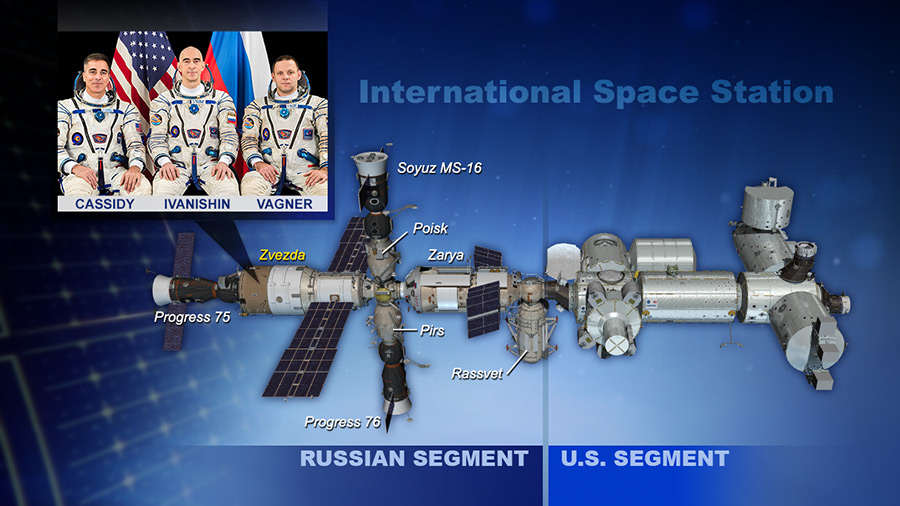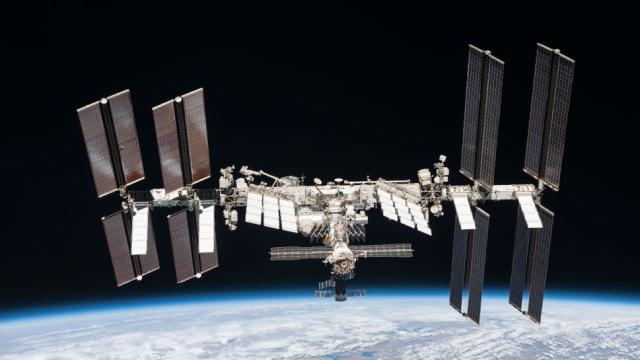The International Space Station has been leaking more air than usual, prompting an investigation that will confine the three-person crew to a single module for the next several days.
NASA and its international partners first noticed the air leak in September 2019. The ISS naturally loses some air over time, but the current rate of leakage is slightly above normal, and it has been that way for the better part of a year. Nothing alarming, but clearly something mission controllers would like to remedy.
Mission controllers weren’t able to properly characterise the leak owing to routine station operations, such as spacewalks and the receiving and dispatching of spacecraft, as NASA explained in its ISS blog. The air leak is “still within segment specifications and presents no immediate danger to the crew or the space station,” according to NASA. Teams are rolling out a plan to “isolate, identify, and potentially repair the source,” the agency said.

To assist in the process, NASA astronaut Chris Cassidy and Roscosmos cosmonauts Ivan Vagner and Anatoly Ivanishin will spend the weekend confined to the Zvezda service module. The Expedition 63 crew will stay inside the Russian segment from Friday August 21 through to Monday August 24.
All ISS hatches will be closed while the crew waits it out in the service module. This will allow mission controllers to monitor the air pressure in each module and identify which section of the station is losing more air than usual. This won’t pinpoint the exact spot that’s responsible for the leak, but it’ll narrow the possibilities.
NASA said the test poses no risk to the crew, and results are expected by the end of next week. There’s ample room inside Zvezda for the crew, which recently became a trio following the departure of NASA astronauts Robert Behnken and Douglas Hurley.
A more serious incident involving an oxygen leak on the ISS happened in 2018, when a small crack was detected on the hull of a Soyuz MS-09 spacecraft. The crew had to scramble, covering the hole with a strip of tape as a stopgap measure, followed by an application of sealant. The tiny fracture was initially blamed on a micrometeorite, but Roscomos later traced the problem to shoddy workmanship, and possibly sabotage, during construction of the Soyuz spacecraft.
